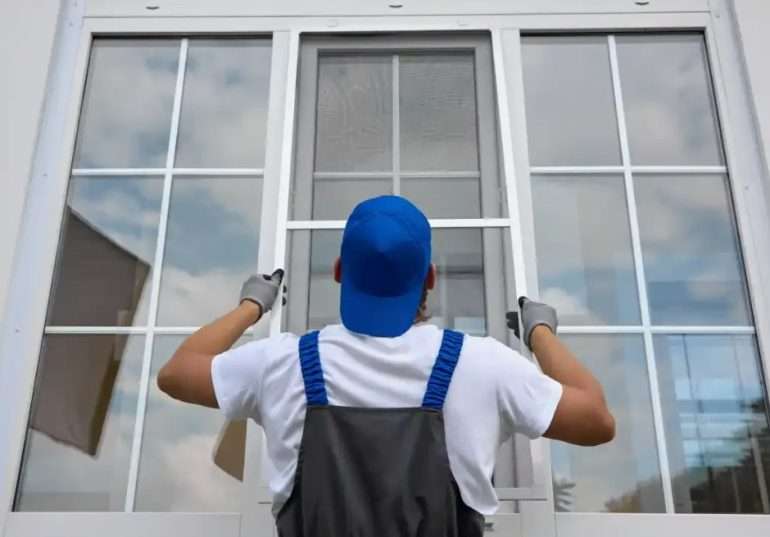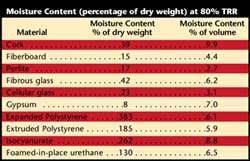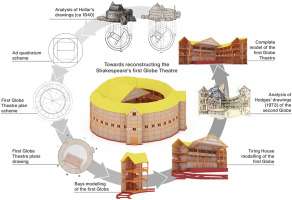The construction industry is increasingly focused on minimizing its environmental impact, leading to a surge in demand for sustainable building materials for commercial buildings. This shift is driven by growing awareness of climate change, stricter regulations, and a desire to create healthier and more efficient spaces. Choosing the right materials is crucial for achieving sustainability goals, reducing carbon footprint, and promoting long-term cost savings. Exploring the diverse options available allows architects and developers to create innovative and environmentally responsible structures, making sustainable building materials for commercial buildings a key consideration in modern design.
Understanding Sustainable Building Materials
Sustainable building materials are those that have a reduced environmental impact throughout their lifecycle, from extraction and manufacturing to transportation, use, and disposal. These materials often incorporate recycled content, are renewable or rapidly renewable, are locally sourced, and are durable and long-lasting. Key characteristics of sustainable materials include:
- Low Embodied Energy: Requires less energy to produce and transport.
- Recycled Content: Utilizes materials diverted from the waste stream.
- Renewable Resources: Derived from sources that can be replenished naturally.
- Durability and Longevity: Reduces the need for frequent replacements.
- Non-Toxic: Minimizes harmful emissions and improves indoor air quality.
Popular Sustainable Building Materials
Several materials are gaining popularity in commercial construction due to their sustainable properties. Here’s a look at some leading options:
Bamboo
Bamboo is a rapidly renewable resource known for its strength and versatility. It can be used for flooring, wall coverings, and structural components. Its fast growth rate makes it a highly sustainable alternative to traditional hardwoods.
Reclaimed Wood
Reclaimed wood is salvaged from old buildings, barns, and other structures. Using reclaimed wood reduces the demand for new timber, conserves forests, and adds character to building designs.
Recycled Steel
Steel is one of the most recycled materials in the world. Recycled steel requires significantly less energy to produce than virgin steel, making it a sustainable choice for structural framing and roofing.
Concrete Alternatives
Traditional concrete production is a major source of carbon emissions. Alternatives such as Hempcrete (concrete mixed with hemp fibers) and Ferrock (using recycled steel dust) offer more sustainable options with lower carbon footprints.
Insulation Materials
Consider cellulose insulation, recycled denim insulation, or sheep’s wool insulation, made with renewable or recycled sources. These materials also offer excellent thermal performance, reducing energy consumption for heating and cooling.
Benefits of Using Sustainable Building Materials
Adopting sustainable building materials for commercial buildings can bring several benefits, including:
- Reduced Environmental Impact: Lower carbon footprint and decreased resource depletion.
- Improved Indoor Air Quality: Non-toxic materials contribute to healthier indoor environments.
- Energy Efficiency: Materials with high thermal performance reduce energy consumption.
- Cost Savings: Durable materials require less maintenance and replacement, leading to long-term savings.
- Enhanced Building Value: Green buildings are often more attractive to tenants and investors.
Choosing the Right Sustainable Materials
Selecting the appropriate sustainable building materials requires careful consideration of project requirements, budget constraints, and environmental goals. It’s essential to conduct thorough research, evaluate material certifications (e.g., LEED, Cradle to Cradle), and consult with experienced professionals. Factors to consider include:
- Lifecycle Assessment: Evaluate the environmental impact of the material throughout its entire lifecycle.
- Local Availability: Sourcing materials locally reduces transportation costs and emissions.
- Performance Characteristics: Ensure the material meets the required performance standards for structural integrity, fire resistance, and durability.
- Cost-Effectiveness: Compare the upfront costs with the long-term benefits of using sustainable materials.
Ultimately, embracing sustainable building materials for commercial buildings is an investment in a healthier planet and a more sustainable future. By prioritizing environmentally responsible choices, we can create buildings that are not only aesthetically pleasing and functionally efficient but also contribute to a more sustainable built environment.
BEYOND THE ORDINARY: INNOVATIONS IN SUSTAINABLE CONSTRUCTION
Forget the drab, cookie-cutter image of “green” buildings. The future of sustainable construction is a vibrant tapestry woven with innovation and imagination. We’re not just talking about swapping out drywall for recycled gypsum; we’re entering an era where buildings breathe, self-heal, and even generate their own food. Imagine walls crafted from mycelium, the root structure of mushrooms, strong as concrete yet entirely biodegradable. Picture roofs teeming with edible gardens, providing fresh produce for the building’s occupants and reducing urban heat island effect.
BIOMIMICRY: NATURE’S BLUEPRINT FOR SUSTAINABLE DESIGN
One of the most exciting trends is biomimicry, the practice of emulating nature’s designs and processes to solve human problems. Think of the Eastgate Centre in Zimbabwe, designed to mimic termite mounds, achieving natural ventilation and dramatically reducing the need for air conditioning. Or consider a building façade inspired by the Namib Desert beetle, which efficiently collects water from fog. Biomimicry offers a wealth of inspiration for creating buildings that are not only sustainable but also seamlessly integrated with their environment.
THE RISE OF CIRCULAR ECONOMY IN CONSTRUCTION
The traditional “take-make-dispose” model of construction is rapidly becoming obsolete. The circular economy, on the other hand, emphasizes keeping materials in use for as long as possible, minimizing waste and maximizing resource efficiency. This means designing buildings for disassembly, using modular components that can be easily reused or repurposed, and prioritizing materials with high recyclability. Imagine a future where buildings are not demolished but deconstructed, with their components finding new life in other projects, creating a truly closed-loop system.
3D PRINTING AND SUSTAINABLE MATERIALS: A PERFECT MATCH
3D printing is revolutionizing the construction industry, offering unprecedented speed, precision, and design freedom. When combined with sustainable materials like bamboo-reinforced concrete or recycled plastics, 3D printing has the potential to create affordable, eco-friendly housing and infrastructure on a massive scale. Imagine printing entire homes using locally sourced, renewable materials, reducing construction waste and minimizing transportation emissions. This technology is particularly promising for addressing housing shortages in developing countries and creating resilient structures in disaster-prone areas.
LIVING BUILDINGS: ECOSYSTEMS WITHIN WALLS
The ultimate goal of sustainable construction is to create “living buildings,” structures that function like natural ecosystems, generating their own energy, treating their own waste, and purifying their own water. These buildings are not just passively sustainable; they are actively regenerative, contributing to the health and well-being of their occupants and the surrounding environment. Imagine a building that captures rainwater, filters it, and uses it for irrigation and drinking water. Picture walls covered in living plants that purify the air and provide habitat for pollinators. Living buildings are not just buildings; they are ecosystems within walls, blurring the lines between the built and natural worlds.
As we look toward the future, the possibilities for sustainable construction are endless. By embracing innovation, learning from nature, and prioritizing circular economy principles, we can create buildings that are not only environmentally responsible but also aesthetically inspiring and functionally superior; The journey towards a truly sustainable built environment is a challenging one, but the rewards – a healthier planet, a more resilient society, and a more beautiful world – are well worth the effort. The sustainable path is not merely a trend; it is the foundation upon which we construct our future.







